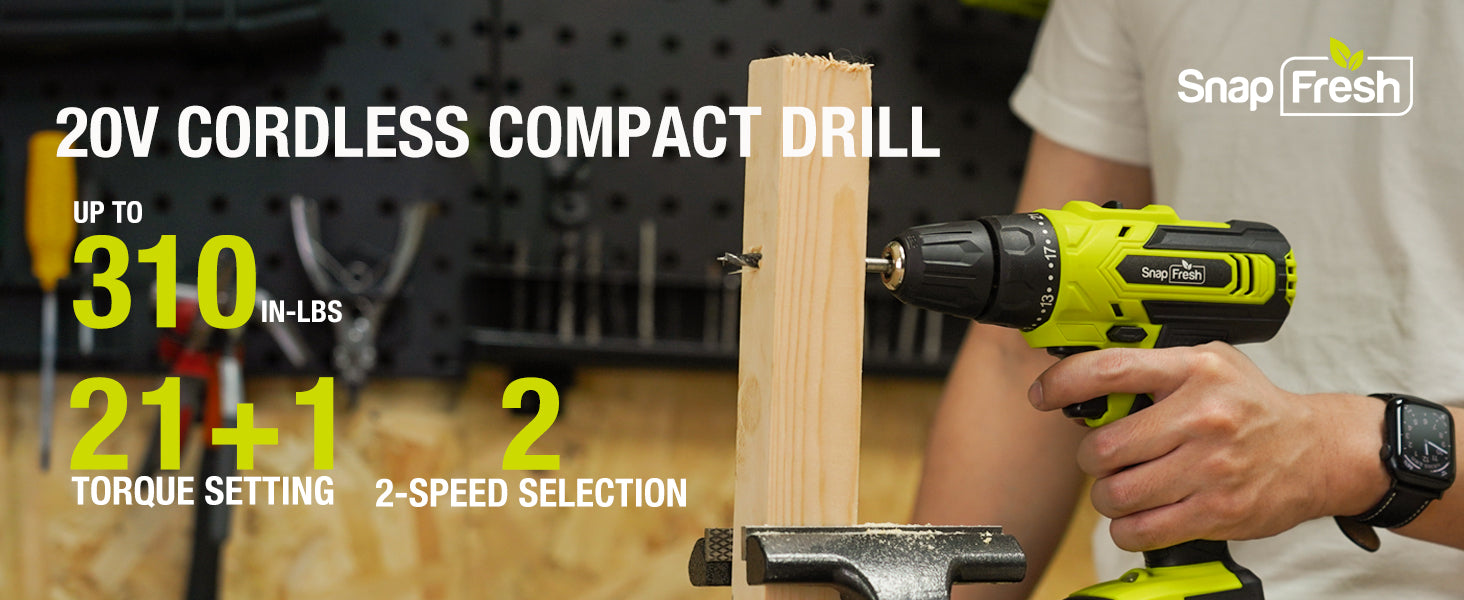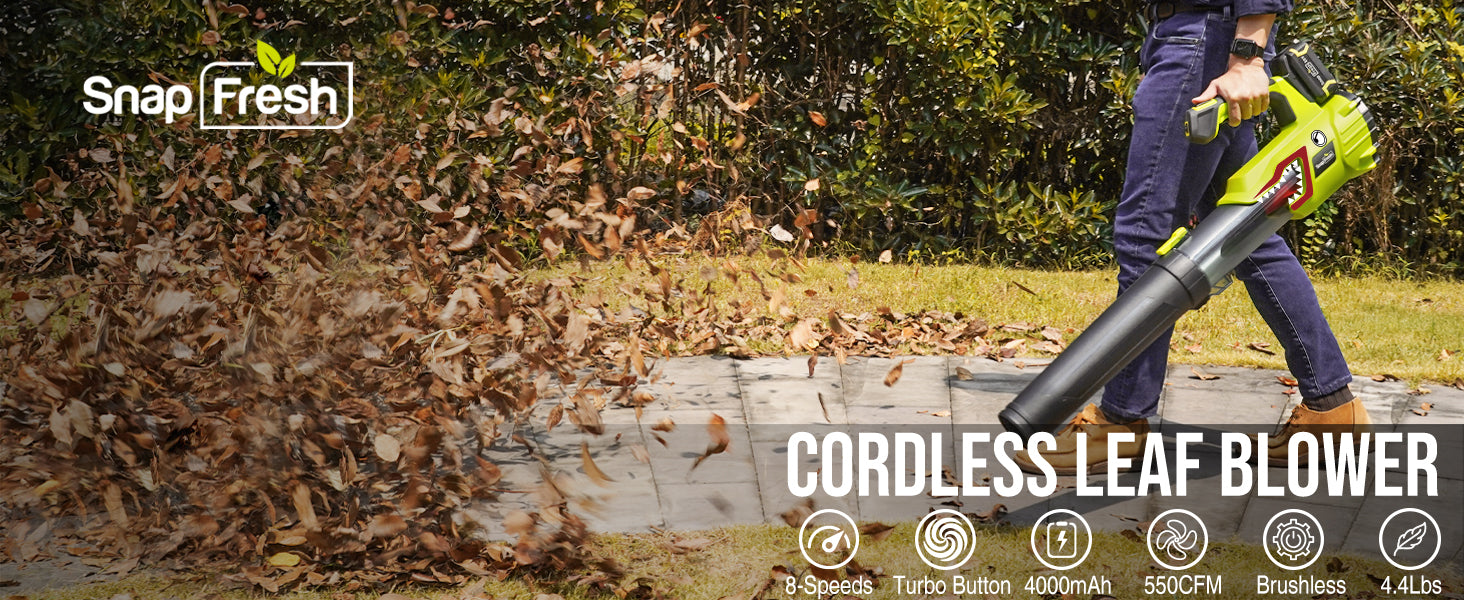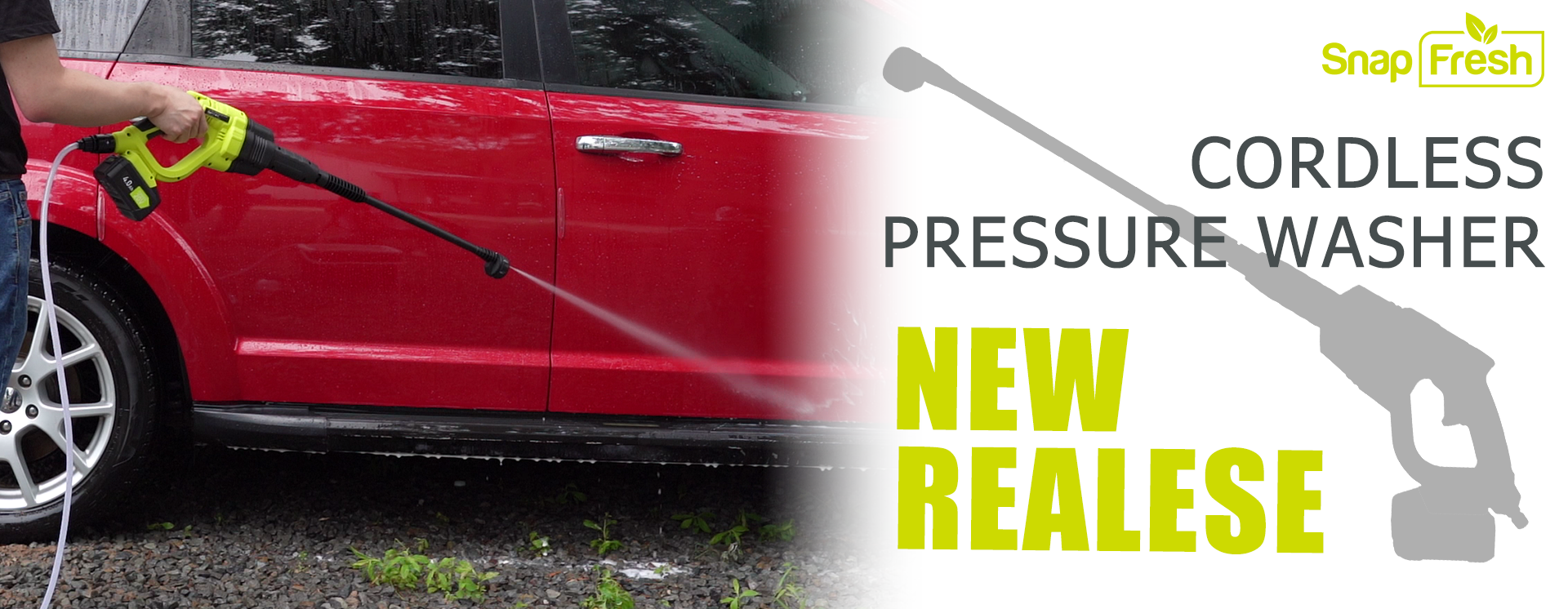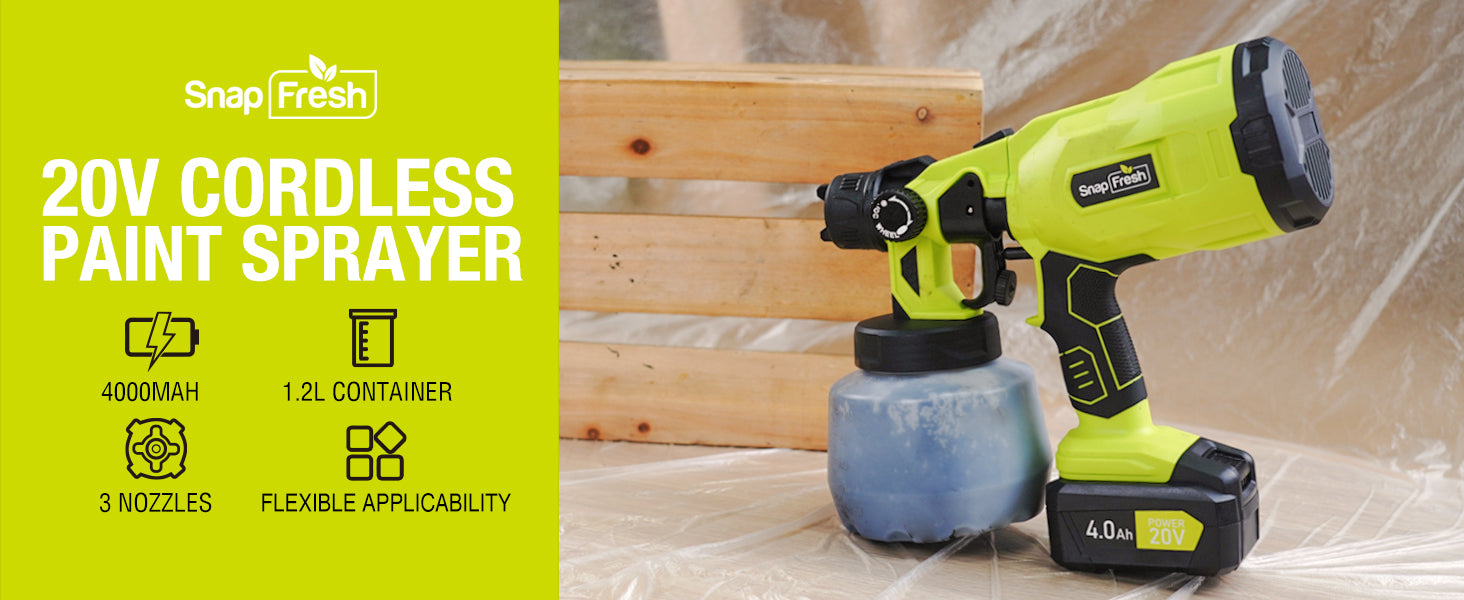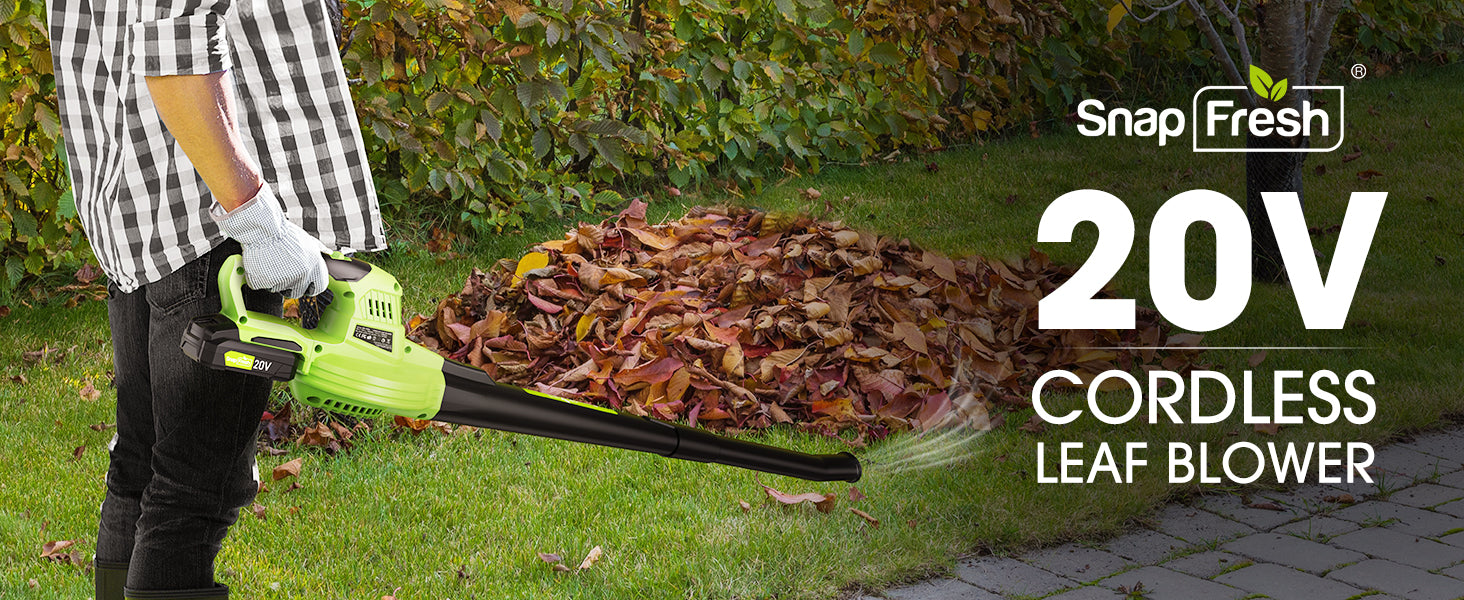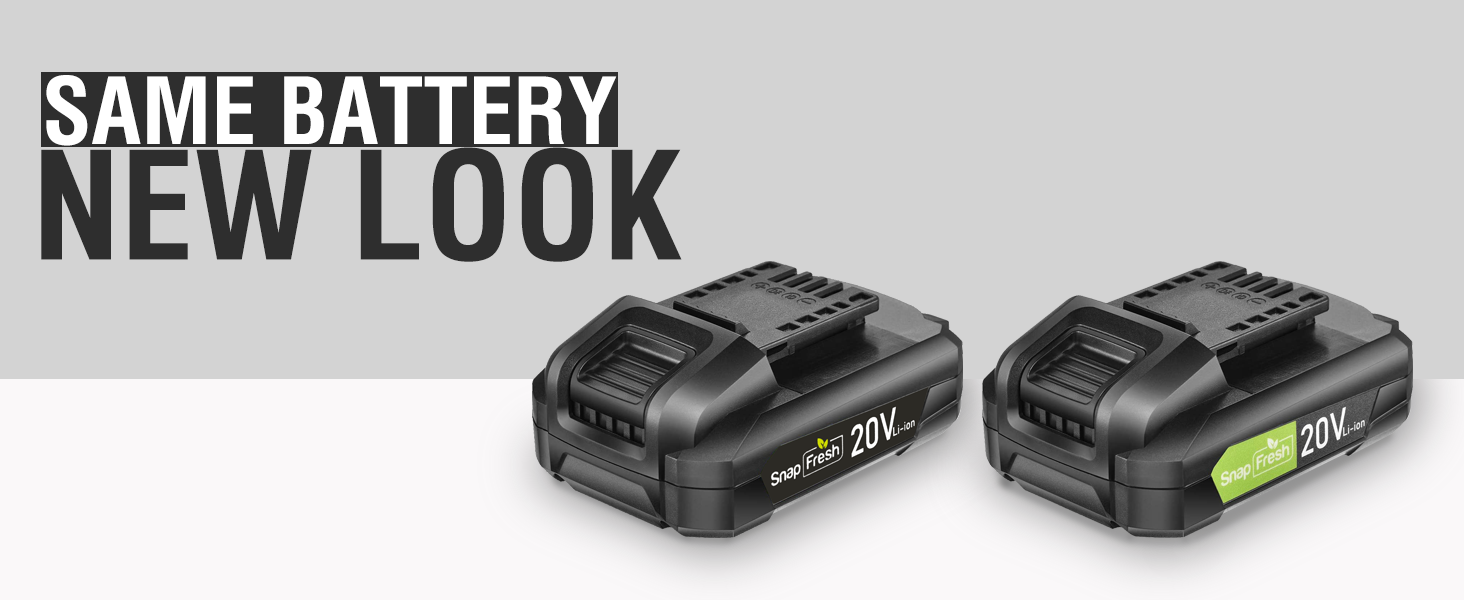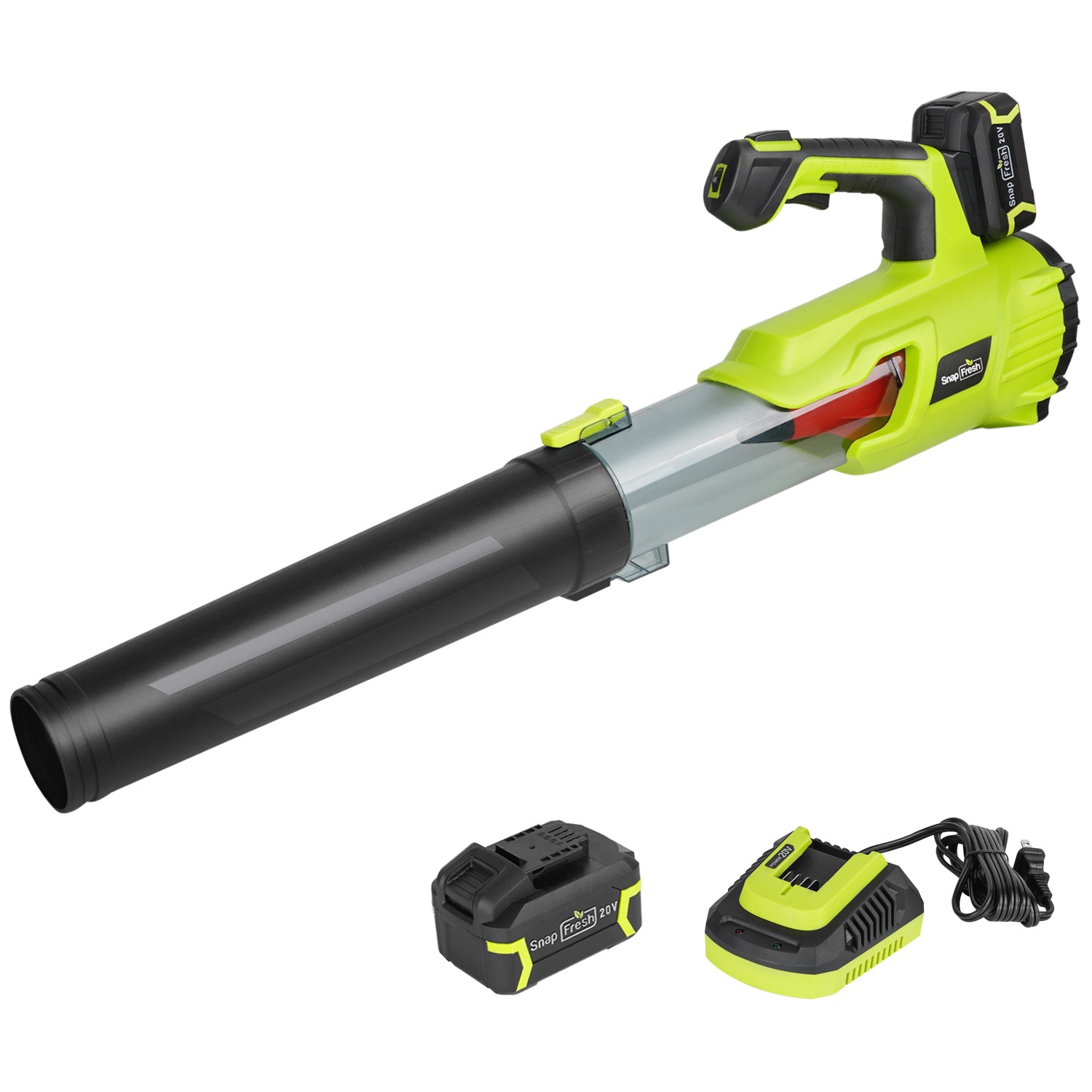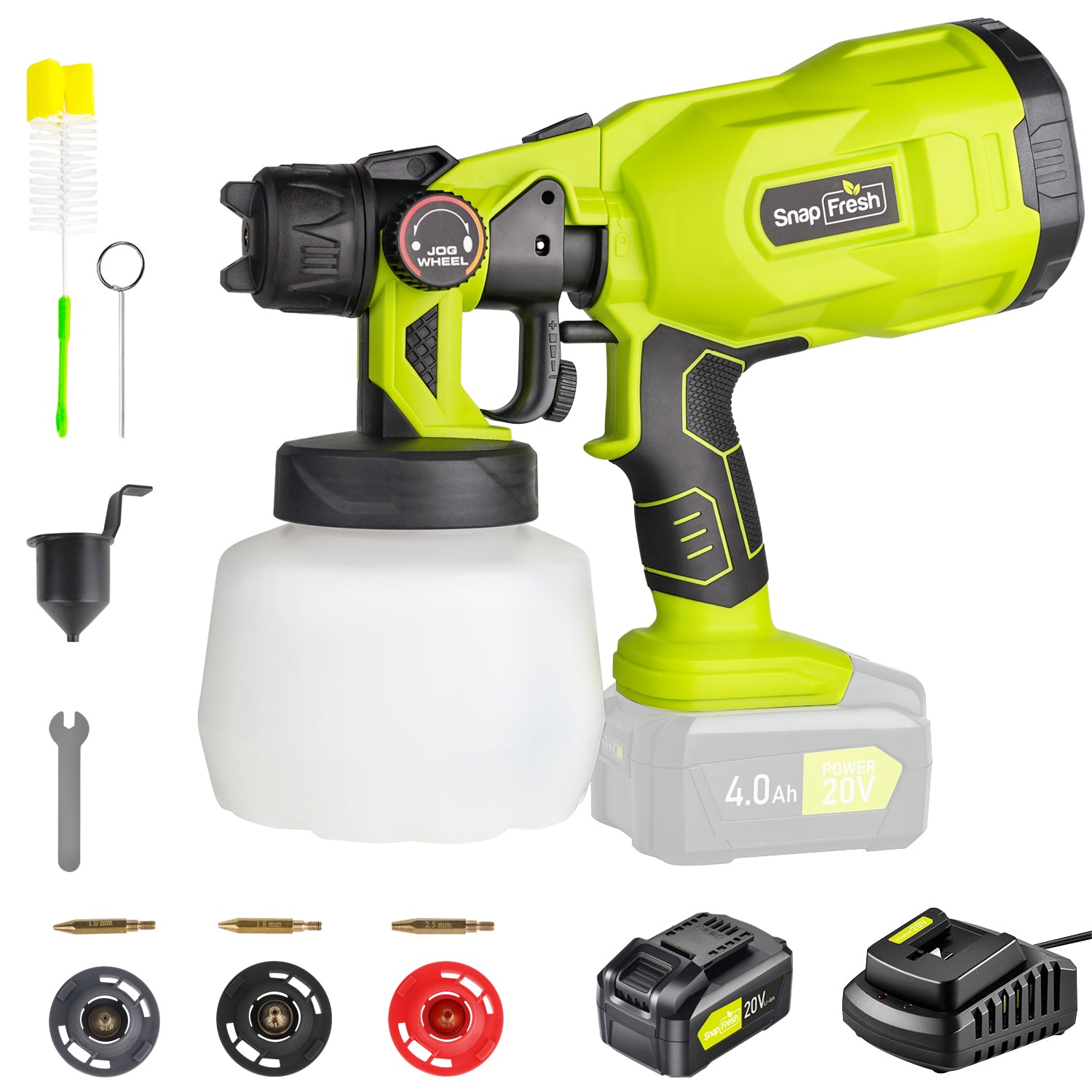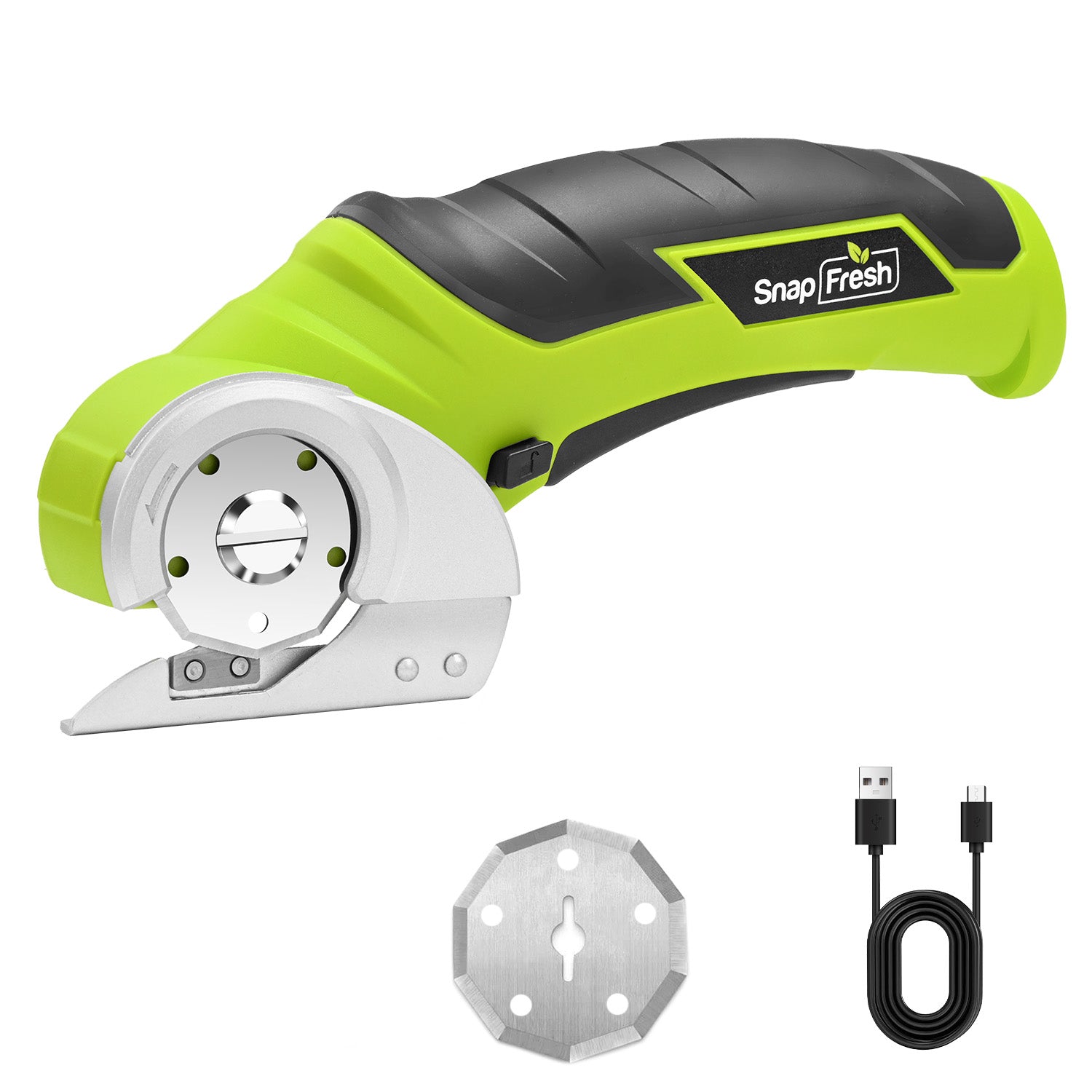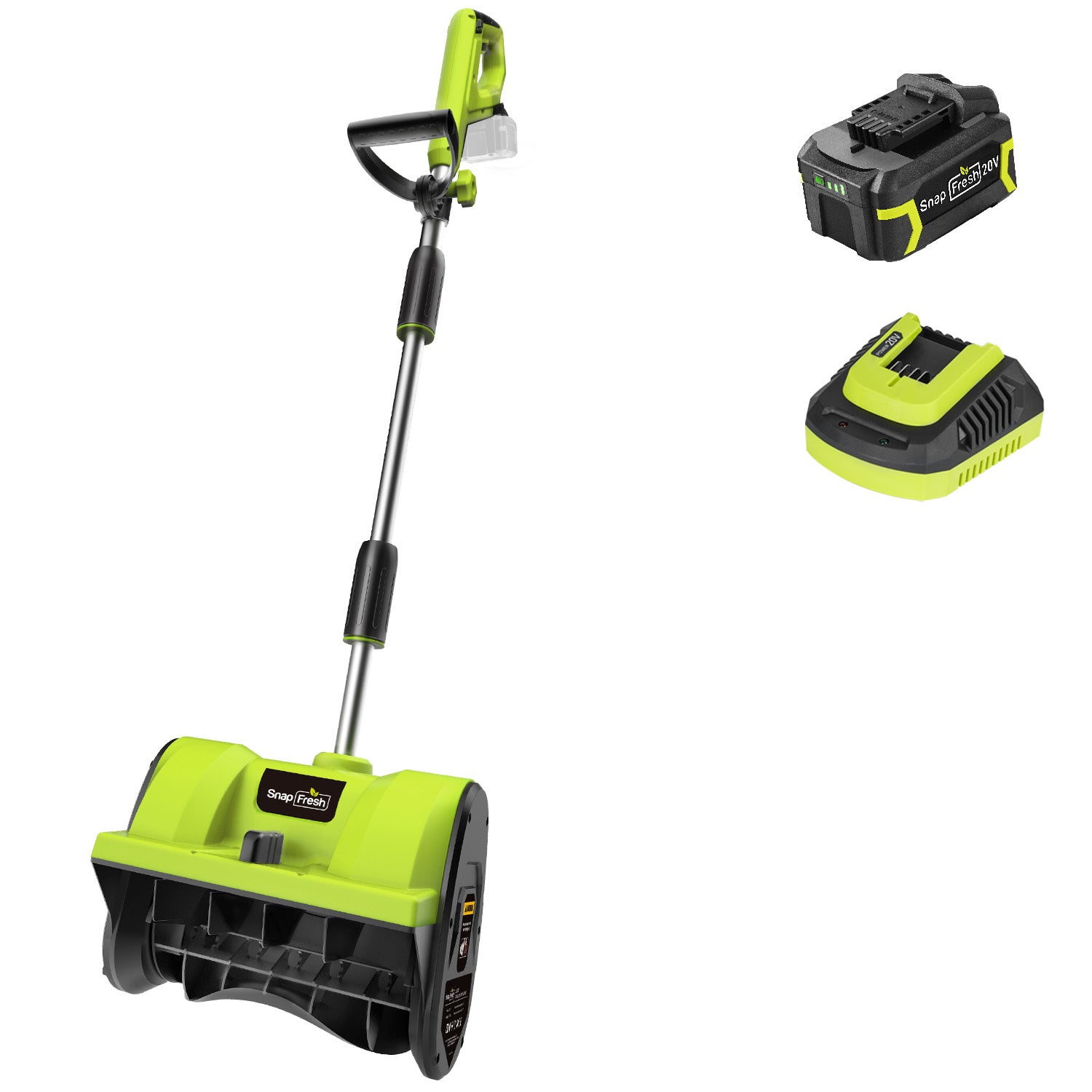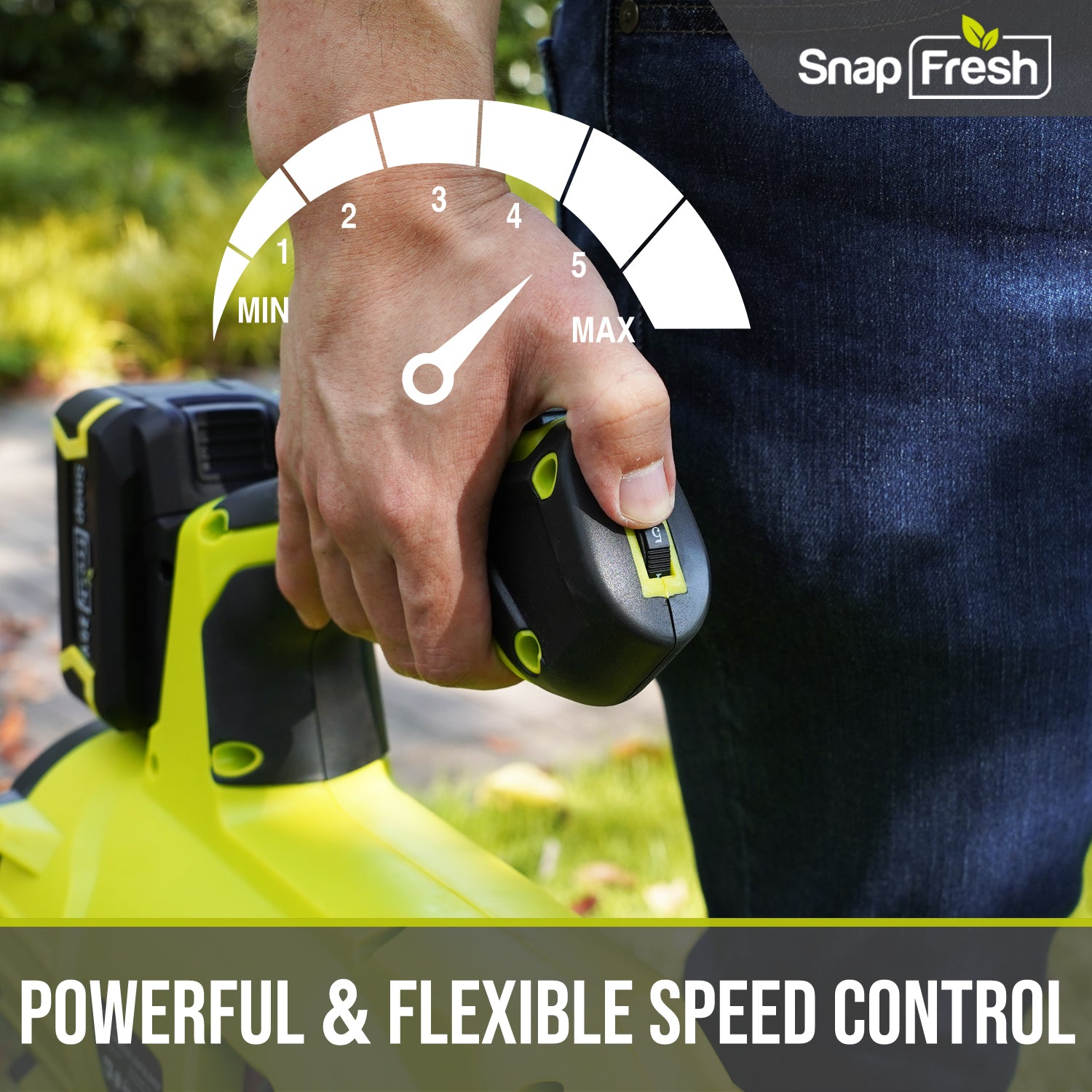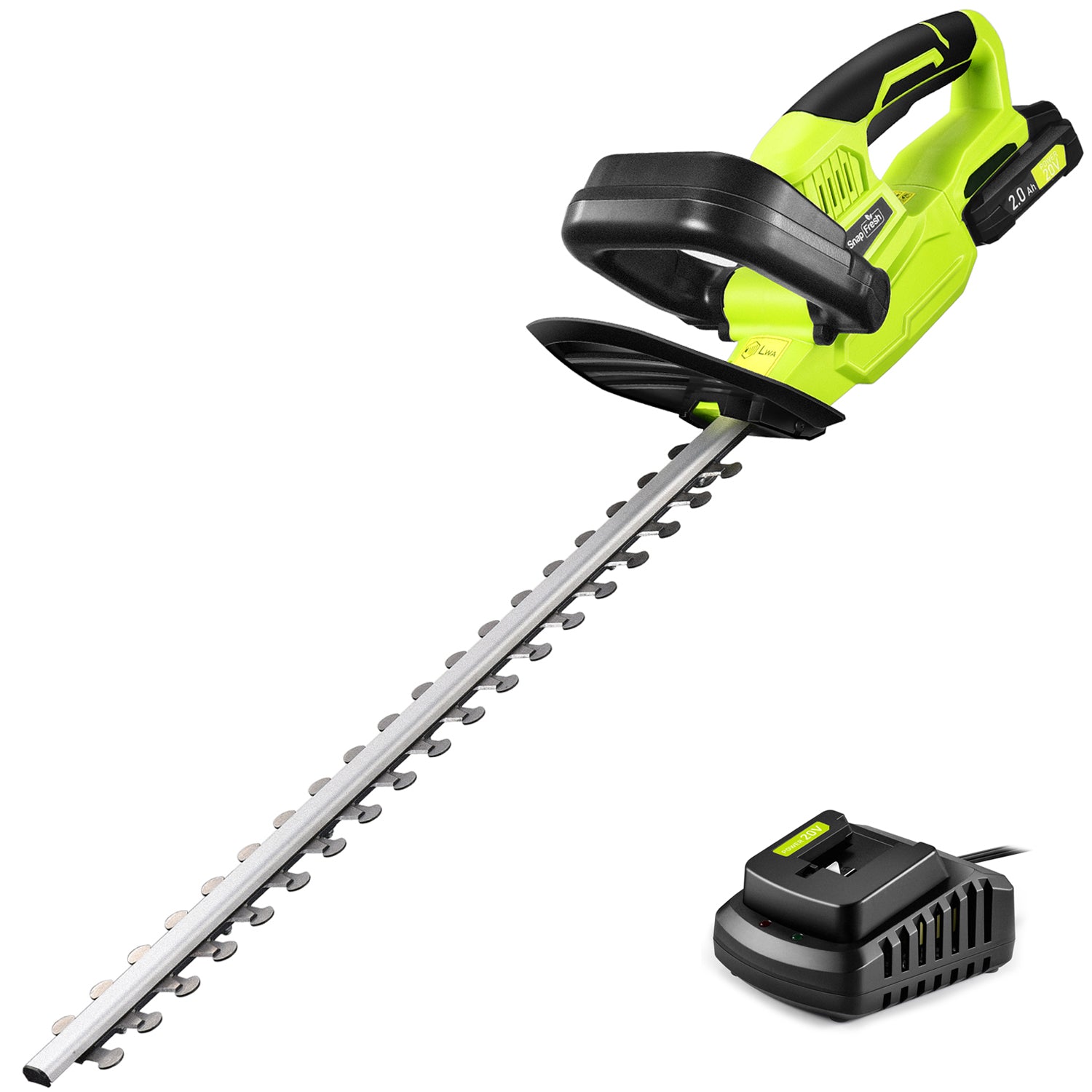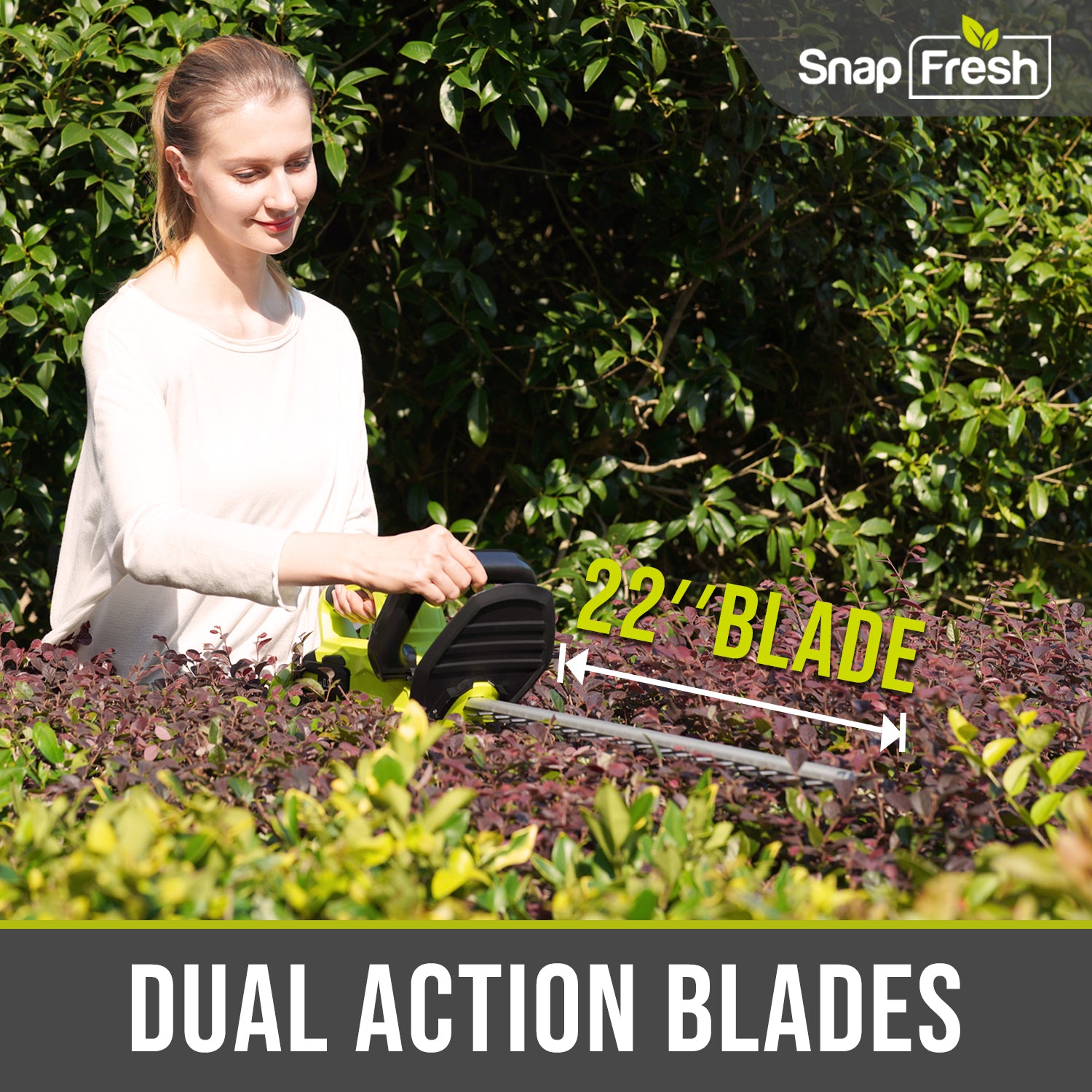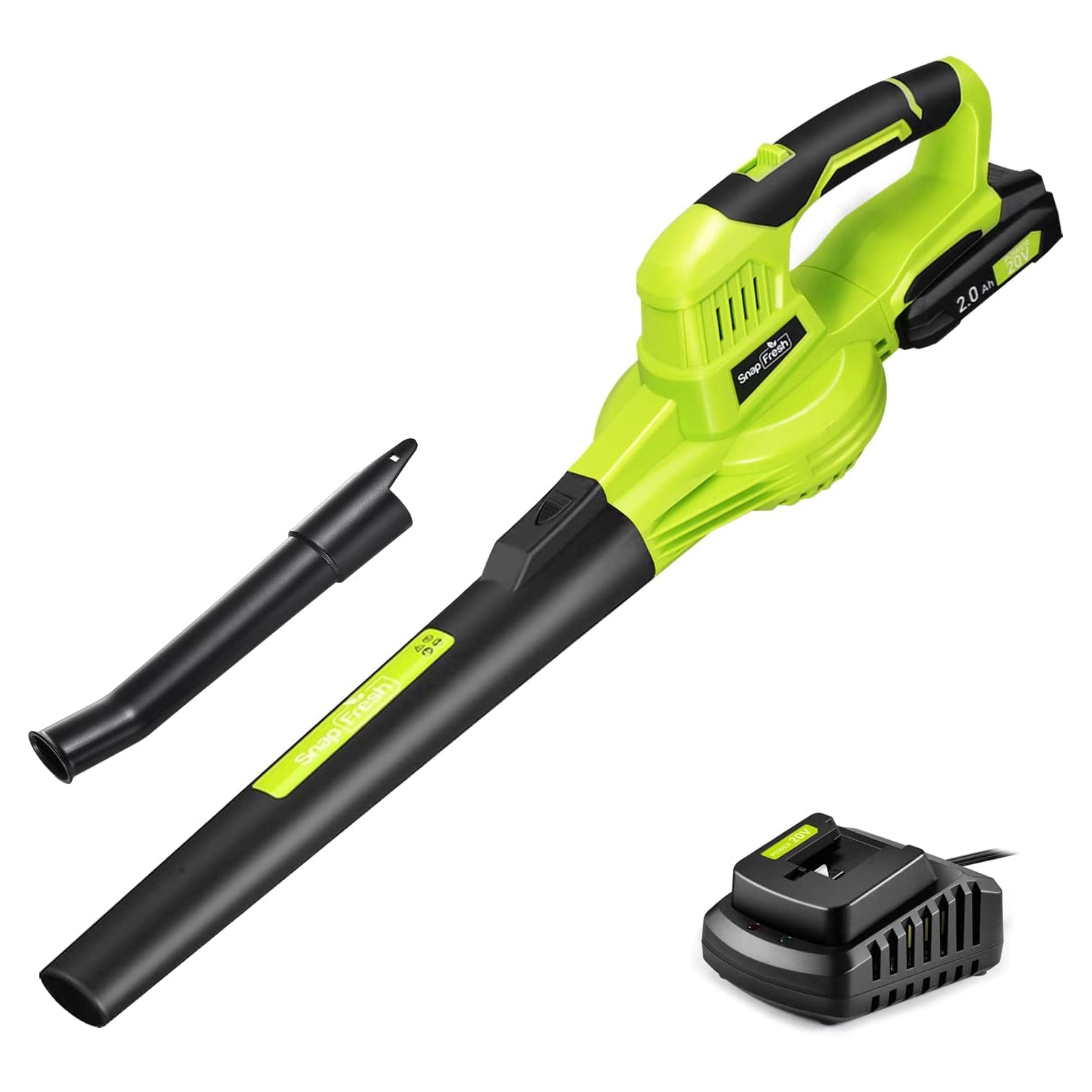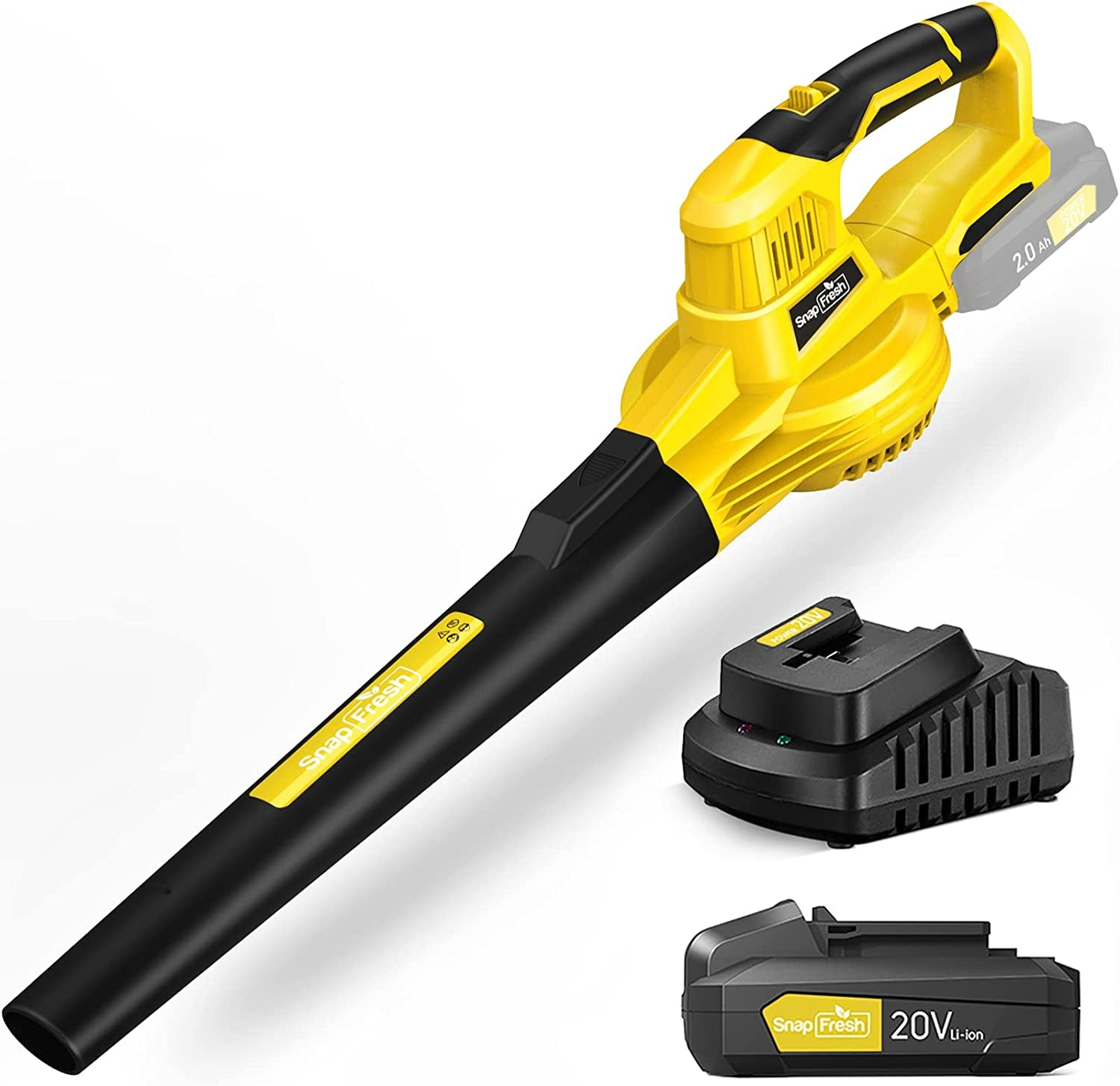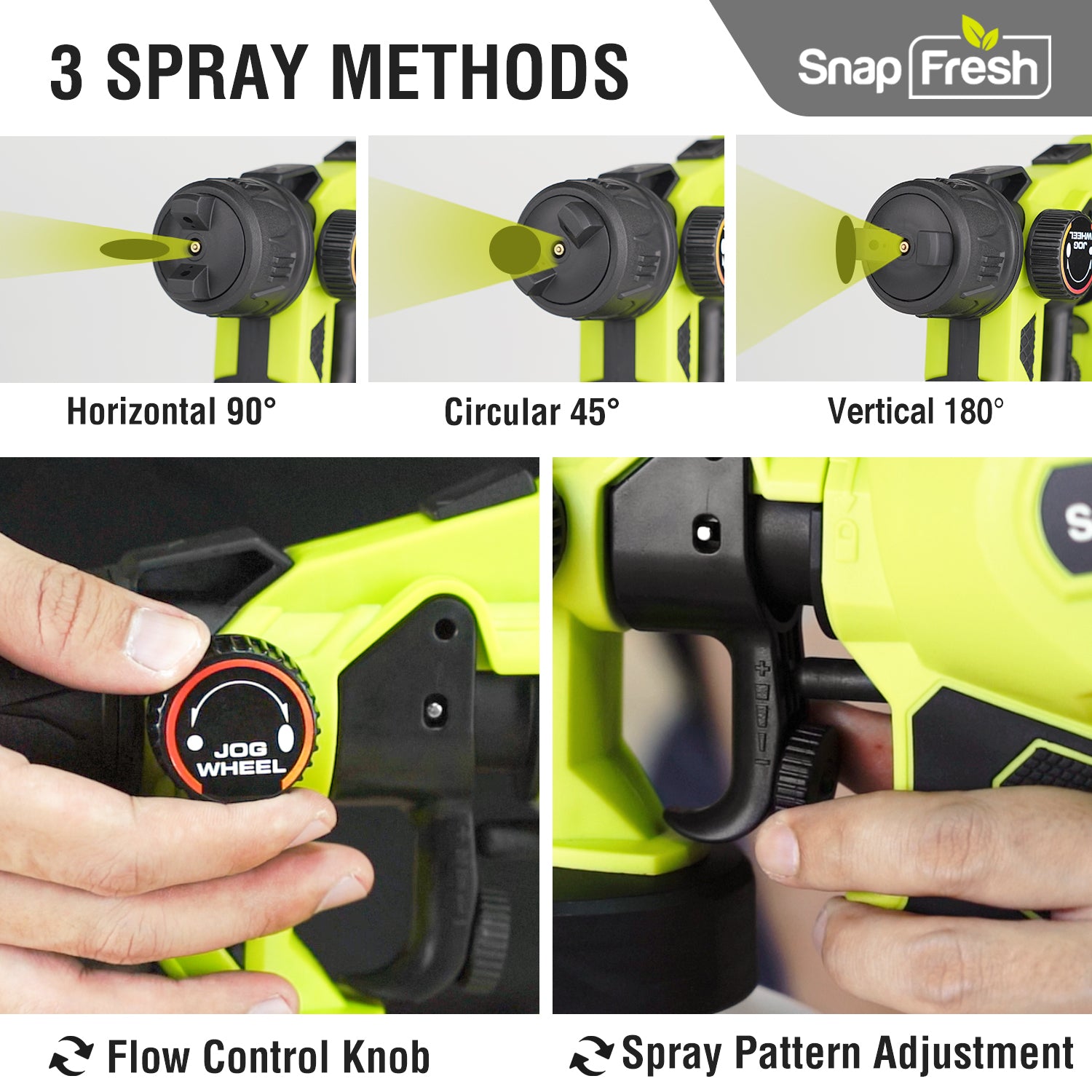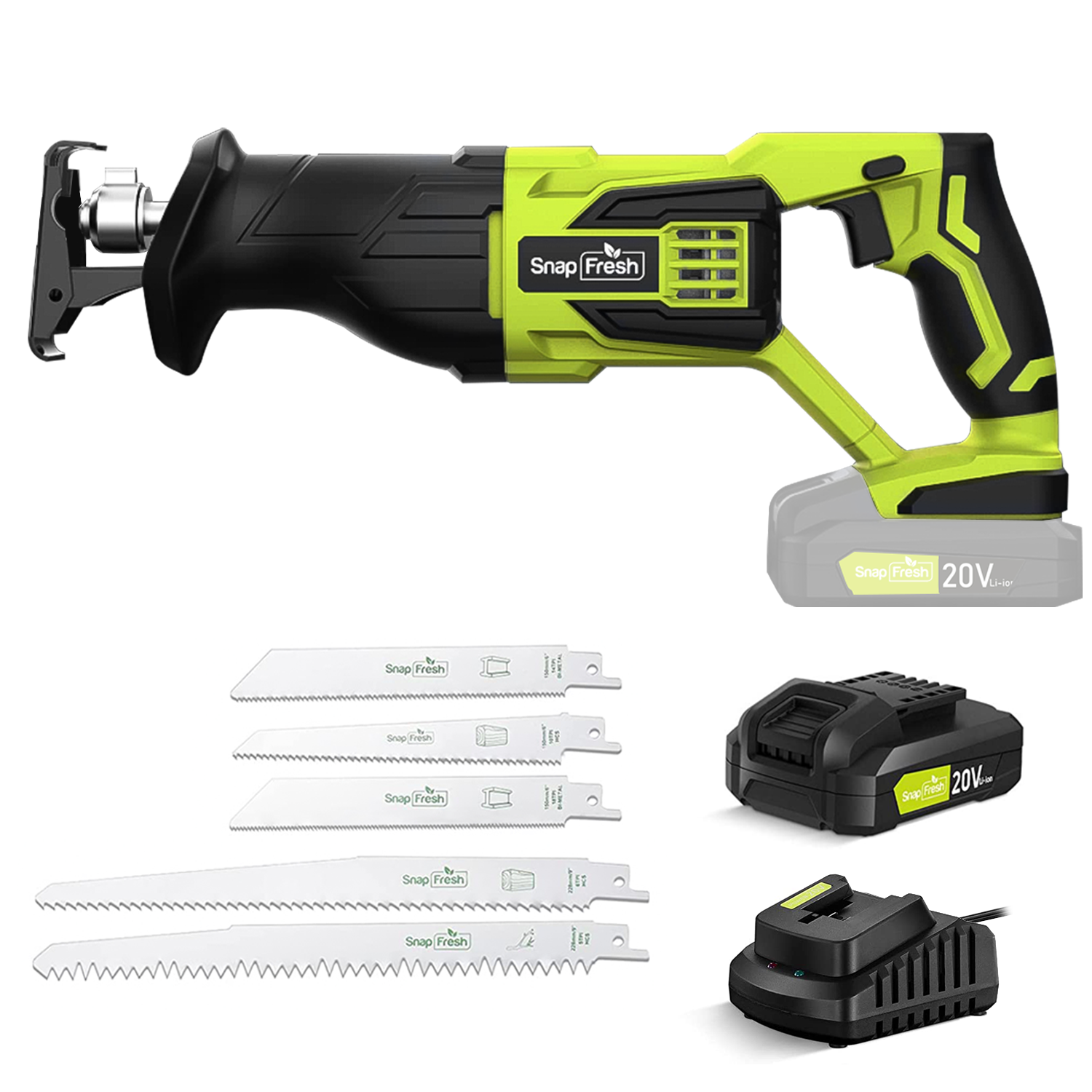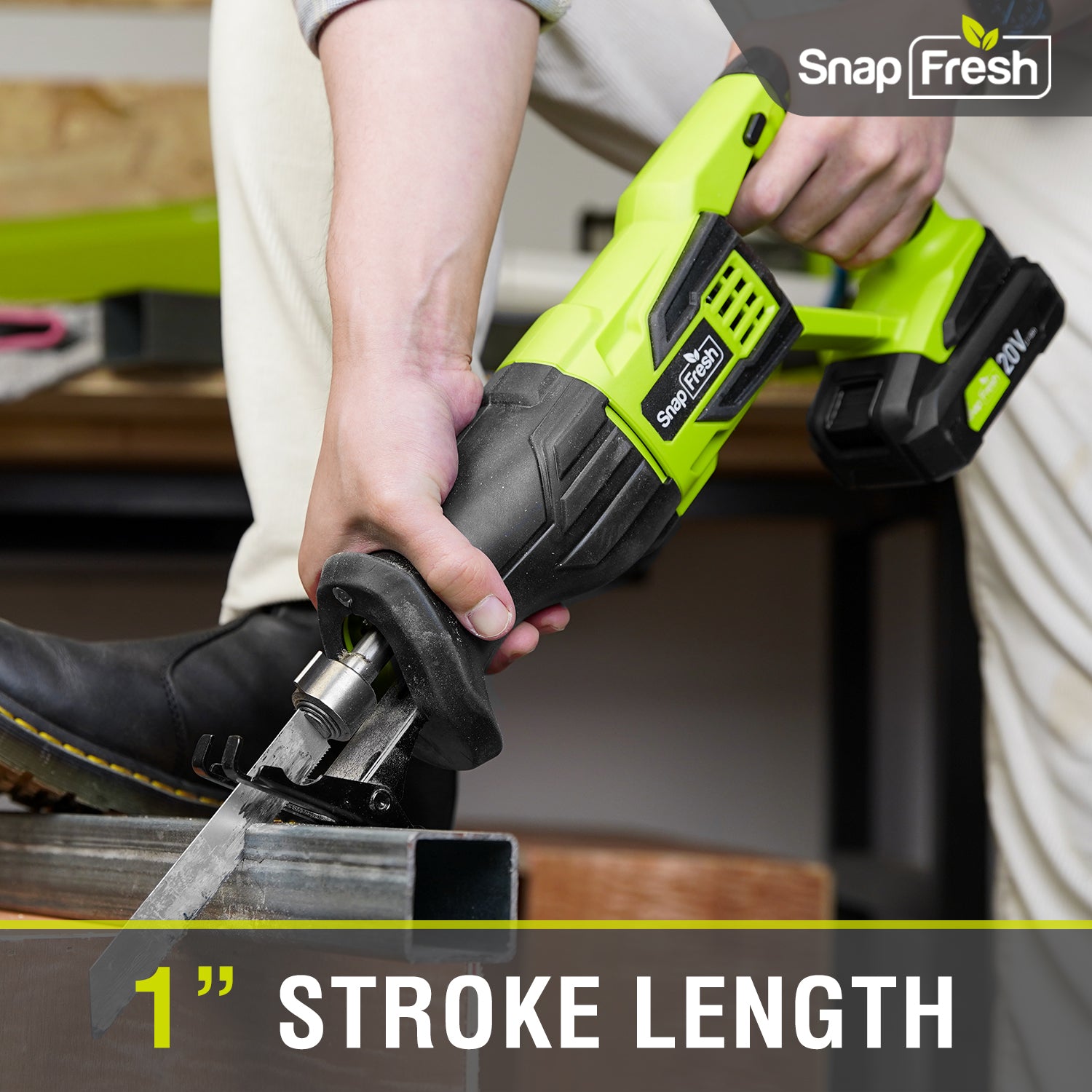Are you in the market for a cordless power drill but feeling overwhelmed by the countless options available? With so many models and features to choose from, it can be challenging to know which drill is the best fit for your specific needs. But fear not because we've created the ultimate guide to choosing the right cordless power drill for you! In this post, we'll explore the key factors you should consider, from battery life to chuck size. So, whether you're a DIY enthusiast or a professional contractor, keep reading to discover the perfect cordless power drill for all your drilling and driving needs.
Importance of Choosing the Right Cordless Power Drill
Choosing the right cordless power drill is important for any homeowner or DIY enthusiast. It allows individuals to complete their projects with ease and efficiency. With so many options on the market, knowing which drill to choose can be overwhelming. It is essential to match the tool to the specific job requirements. A drill with one battery will suffice for those undertaking light maintenance and repair work. However, a higher voltage drill with a second battery is recommended for more substantial projects. Remember, purchasing the right cordless power drill will enhance the chances of completing tasks efficiently and quickly.
Factors to Consider When Choosing a Cordless Power Drill
When choosing a cordless power drill, there are several factors to consider. First, one should match the tool to the job at hand. Paying for an expensive tool is only necessary if it is used sparingly. Additionally, the power output of the drill should be considered. A drill with at least 9.6V is needed for light maintenance and repair, while larger projects require a higher voltage drill. Another important factor is the battery life of the drill. Lithium-ion batteries provide more power and longer run times than other types of batteries. Considering these factors, one can choose the perfect cordless power drill for their needs.
Matching the Tool to the Job: Light Maintenance and Repair
A cordless drill with at least 9.6V of power and an adjustable clutch is ideal for light maintenance and repair. Look for a drill with two fixed and variable speeds as an option. It's best to have a tool with one battery for quick tasks that involve drilling holes and driving screws. A 12V drill fits the bill for this job list, but a 9.6V drill can also do the job. A cordless drill with these features is available in the $50 to $140 price range and is perfect for assembling furniture, drilling holes for drywall anchors, and installing door hinges.
Matching the Tool to the Job: Building and Furniture Making
When it comes to building and furniture making, a cordless drill with at least 9.6V power is needed. It is recommended to have a drill with two fixed speeds, an adjustable clutch, and a variable speed. For larger tasks, a cordless drill with a second battery is necessary to avoid running out of power halfway through a project. Professional-level 9.6V models like the Hitachi FDS10DVA and Makita 6222DWLEK with variable speed, two-speed ranges, clutch, and a T-handle are perfect for these jobs. A 12V or, even better, a 14.4V model is ideal for larger bits and longer-lasting batteries.
Matching the Tool to the Job: Heavy-Duty Projects
For-duty projects, choosing a cordless drill with enough power to handle the task at hand is important. Look for a minimum of 12V or a 14.4V model with variable speed, two-speed ranges, a clutch, and a T-handle. It is also recommended to get a second battery to avoid running out of power in the middle of a project. Professional-level models with all these features include the Hitachi FDS10DVA and Makita 6222DWLEK. Lower-priced options include the Black & Decker HP532 FireStorm and Bosch 3315K, 12V, or the Skil 2582:04, 14.4V.
Best Cordless Power Drill Brands for Reliability and Satisfaction
According to a survey conducted by Consumer Reports, five brands - Bosch, DeWalt, Makita, Milwaukee, and SnapFresh - received excellent ratings for both reliability and satisfaction. However, two-thirds of the cordless drill brands were rated favorably for predicted reliability and owner satisfaction. Therefore, it is essential to invest in a reliable and long-lasting cordless drill, as it is the essential power tool for both big projects and smaller tasks. With improved motors and battery life, these power tools can efficiently perform heavy-duty jobs, such as building decks and home improvements.
Benefits of Lithium-Ion Batteries for Cordless Drills
Lithium-ion batteries are popular for cordless drills due to their many benefits. They are:
- lightweight,
- compact,
- and have a longer runtime than traditional nickel-cadmium batteries.
Lithium-ion batteries also do not have a memory effect, meaning they can be recharged anytime without negatively impacting battery life. This saves time and money by eliminating the need to replace batteries constantly. In addition, lithium-ion batteries have a longer lifespan, making them an environmentally friendly choice. Choosing a cordless drill with a lithium-ion battery ensures reliable and efficient performance.
Brushed vs. Brushless Motors: Which is Better?
Regarding cordless power drills, there are two main types of motors: brushed and brushless.
While both motors convert electricity into power, there are distinct differences in performance, durability, and cost.
Brushed Motors
Brushed motors use small metal brushes to work with magnets to keep the shaft spinning, while brushless models have an electronic circuit board and sensor.
Brushless Motors
Brushless motors are more energy-efficient, capable of packing more power and torque, and last longer without needing replacement brushes. While they are typically more expensive, professionals or those with heavy-duty projects may benefit from choosing brushless over brushed.
Introduction to Impact Drivers for Heavy-Duty Jobs
The Impact is a compact and potent tool for heavy-duty fastening tasks such as building decks or home improvements. They use a hammering action that delivers more torque than cordless drills, making them more efficient when driving screws into wood, metal, or cement. Additionally, they have a higher torque rating than cordless drills and can produce between 1300 and 2000 in-lbs of torque. Impact drivers are usually smaller and more lightweight than cordless drills, making them easier to handle and maneuver in tight spaces.
Performance Testing and Evaluation of Cordless Power Drills.
Performance testing and evaluation of cordless power drills are crucial in determining which ones are worth the investment. Consumer Reports conducts its testing by measuring speed, run time, torque and RPMs, and handling, among other factors. They also measure the noise level to determine if hearing protection is necessary. The tests are conducted on a benchtop dyno, and experts use each drill in real-world scenarios to evaluate aspects such as balance and feel. These evaluations help consumers decide when to choose the best cordless power drill for their needs.

